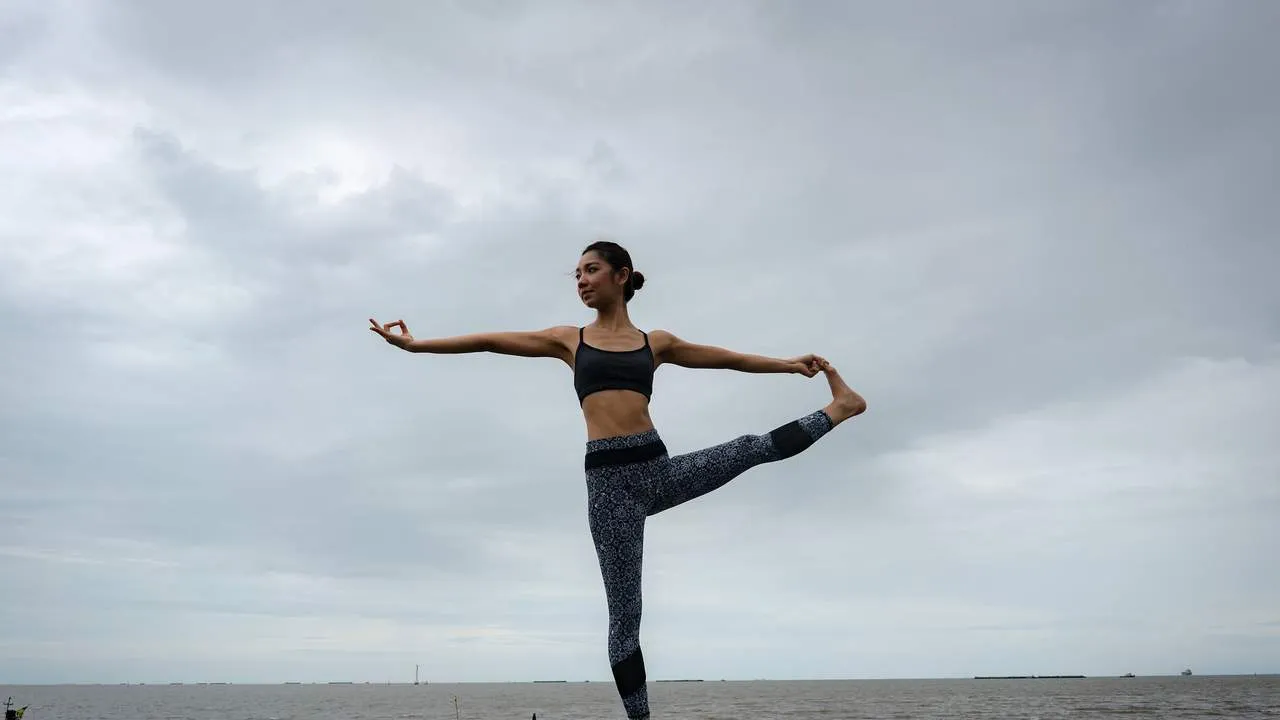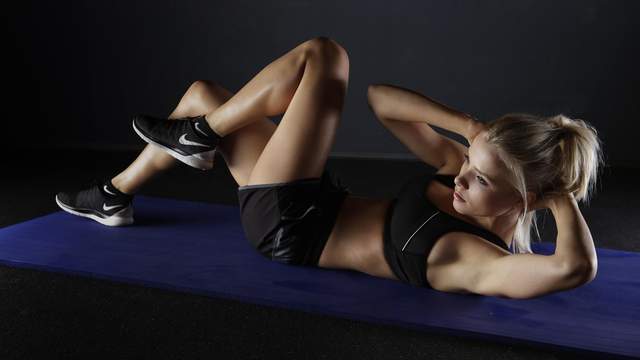How to Stay Fit During Winter: Tips, Tricks, and Strategies

When the days grow shorter, temperatures drop, and the ground becomes blanketed in snow, staying active and maintaining fitness can feel like a daunting challenge. Many people find themselves less motivated to work out in winter compared to warmer months, often due to the cold weather, reduced sunlight, or the cozy allure of staying indoors. However, staying fit during winter is not only possible but can also be incredibly rewarding for both your physical and mental health.
This guide will provide you with practical tips, indoor and outdoor workout ideas, and motivational strategies to keep your body strong, flexible, and energized throughout the colder months.
Why Winter Fitness Matters
Before we dive into the how-to, let’s understand the importance of maintaining your fitness routine during the winter:
-
Avoiding Weight Gain
Winter often coincides with the holiday season—a time of indulgence in hearty meals, sweet treats, and festive drinks. Without regular exercise, it’s easy to gain weight during this period. -
Boosting Mental Health
The lack of sunlight during winter can lead to Seasonal Affective Disorder (SAD), which is linked to low energy, mood swings, and depression. Exercise is a proven way to combat these symptoms by releasing endorphins, also known as the "feel-good" hormones. -
Strengthening Immunity
Regular workouts can improve circulation, reduce stress, and enhance your immune system, making you less susceptible to winter colds and flu. -
Building Consistency
Staying active year-round ensures that you maintain your fitness levels and don’t have to start from scratch when spring arrives.
1. Overcome the Motivation Slump
The first hurdle to staying fit in winter is often mental rather than physical. When it’s cold outside, motivation wanes. Here’s how to stay driven:
-
Set Small, Achievable Goals: Instead of aiming for perfection, commit to working out 15-20 minutes a day, or three times a week. Small, consistent efforts are easier to maintain.
-
Create a Winter Fitness Challenge: Whether it's a 30-day yoga challenge or committing to 10,000 steps a day, having a clear challenge can keep you focused.
-
Workout Buddy System: Partnering with a friend or joining an online fitness group can hold you accountable.
-
Reward Yourself: Give yourself small incentives for staying consistent, like new workout gear or a cozy self-care night.
2. Take Advantage of Indoor Workouts
When outdoor workouts seem impossible due to icy roads or freezing winds, there’s no shortage of exercises you can do at home or at the gym.

Home Workout Ideas:
-
Bodyweight Exercises: Push-ups, squats, lunges, burpees, planks, and mountain climbers are excellent for building strength and endurance.
-
Yoga and Pilates: These practices improve flexibility, core strength, and mental relaxation. You can easily find free online classes to follow.
-
HIIT (High-Intensity Interval Training): Short, intense bursts of exercise followed by rest are great for burning calories in a short time.
-
Dance Workouts: Zumba or dance cardio not only burns calories but also boosts mood during gloomy winter days.
-
Resistance Bands and Dumbbells: Affordable and effective, these tools can help you add variety to your workouts.
Gym-Based Workouts:
If you prefer a gym setting, winter can be the perfect time to explore new classes like spinning, kickboxing, or strength training.
3. Outdoor Winter Fitness
Don’t shy away from outdoor activities just because it’s cold. Winter offers a unique set of fun, calorie-burning activities.

Outdoor Activities to Try:
-
Running or Jogging: Dress in layers, wear moisture-wicking clothing, and start slow to avoid injuries.
-
Winter Sports: Skiing, snowboarding, ice skating, and snowshoeing are fantastic cardio workouts that also strengthen your legs and core.
-
Walking or Hiking: Even brisk walks in the crisp winter air can be invigorating and refreshing.
-
Shoveling Snow: Believe it or not, snow shoveling is an intense full-body workout that burns up to 400 calories per hour.
4. Warm-Up is Non-Negotiable
Cold temperatures increase the risk of injuries as muscles tend to tighten. A proper warm-up is essential before starting any workout during winter.
-
Spend at least 5-10 minutes doing dynamic stretches like arm circles, leg swings, and jumping jacks to increase blood flow.
-
For outdoor workouts, consider doing your warm-up indoors to avoid starting cold in freezing conditions.
5. Fuel Your Body Right
Nutrition is just as important as exercise during winter, especially since your body burns extra energy to keep warm.

-
Eat Balanced Meals: Focus on lean proteins, whole grains, healthy fats, and plenty of vegetables.
-
Stay Hydrated: People often forget to drink enough water in winter, but hydration is crucial for performance and recovery.
-
Vitamin D Intake: With less sunlight exposure, supplementing vitamin D (or eating vitamin D-rich foods like salmon, mushrooms, and fortified dairy) can help boost your mood and immunity.
6. Make Use of Winter Fitness Gear
Investing in the right gear can make all the difference when exercising outdoors during winter.
-
Layer Up: Start with moisture-wicking base layers, followed by insulating layers, and finish with a waterproof outer layer.
-
Footwear: Shoes with good traction or spikes can prevent slips on icy surfaces.
-
Accessories: Hats, gloves, and thermal socks are essential for keeping extremities warm.
7. Use Technology to Stay on Track
Fitness technology can be your best friend in winter. Apps and devices help you track progress, stay motivated, and diversify your workouts.
-
Fitness Apps: Apps like Nike Training Club, FitOn, or MyFitnessPal offer guided workouts and tracking.
-
Wearables: Fitness watches track steps, heart rate, and calories, reminding you to move even when indoors.
-
Virtual Classes: Online classes and live-stream workouts give you the feel of a group class without leaving home.
8. Make Winter Activities Fun
If fitness feels like a chore, it’s time to make it enjoyable.
-
Family Activities: Build snowmen, go sledding, or have a snowball fight—these count as physical activity.
-
New Skills: Winter is an ideal time to learn new workouts like yoga, dance, or boxing.
-
Music and Playlists: Create high-energy playlists to get you moving when motivation is low.
9. Prioritize Recovery and Sleep
Cold weather can make your muscles tighter and recovery slower. Prioritize rest days, stretching, and mobility exercises to prevent stiffness or injuries.

-
Foam Rolling: Helps release muscle tension and improve flexibility.
-
Sleep: Quality sleep (7-9 hours per night) helps your body recover and boosts immunity.
-
Warm Baths: Soaking in warm water after outdoor workouts can reduce muscle soreness.
10. Build a Winter Fitness Routine
To stay consistent, build a winter-specific schedule that balances cardio, strength, and flexibility training.
Sample Winter Fitness Plan:
-
Monday: 30-minute indoor HIIT workout
-
Tuesday: Yoga or stretching (20 minutes)
-
Wednesday: Brisk outdoor walk or jog (30 minutes)
-
Thursday: Strength training (dumbbells or resistance bands)
-
Friday: Rest or light mobility work
-
Saturday: Winter sport or dance workout (45 minutes)
-
Sunday: Hike or indoor cycling
11. Listen to Your Body
Winter can be tough on the body, so it’s important to be mindful. If you’re feeling exhausted or under the weather, take a rest day rather than pushing yourself too hard. Exercise is meant to energize, not deplete you.
12. Embrace the Seasonal Benefits
Finally, remember that winter isn’t just an obstacle—it can be an opportunity to reset your fitness goals. The season encourages you to focus on indoor strength, mobility, and mental well-being. It’s also the perfect time to experiment with new activities that you might not try in summer.
Final Thoughts
Staying fit during winter doesn’t have to be overwhelming or complicated. By combining indoor workouts with fun outdoor activities, dressing appropriately for the weather, and staying mindful of nutrition and recovery, you can keep your body strong and your mind healthy all season long. The key is to remain flexible and consistent—remember that even 20 minutes of movement each day can make a big difference.
Rather than seeing winter as a season to “survive,” view it as an opportunity to build discipline, try new exercises, and boost your overall well-being. With the right mindset and strategy, winter fitness can set you up for a healthier, stronger spring and beyond.




